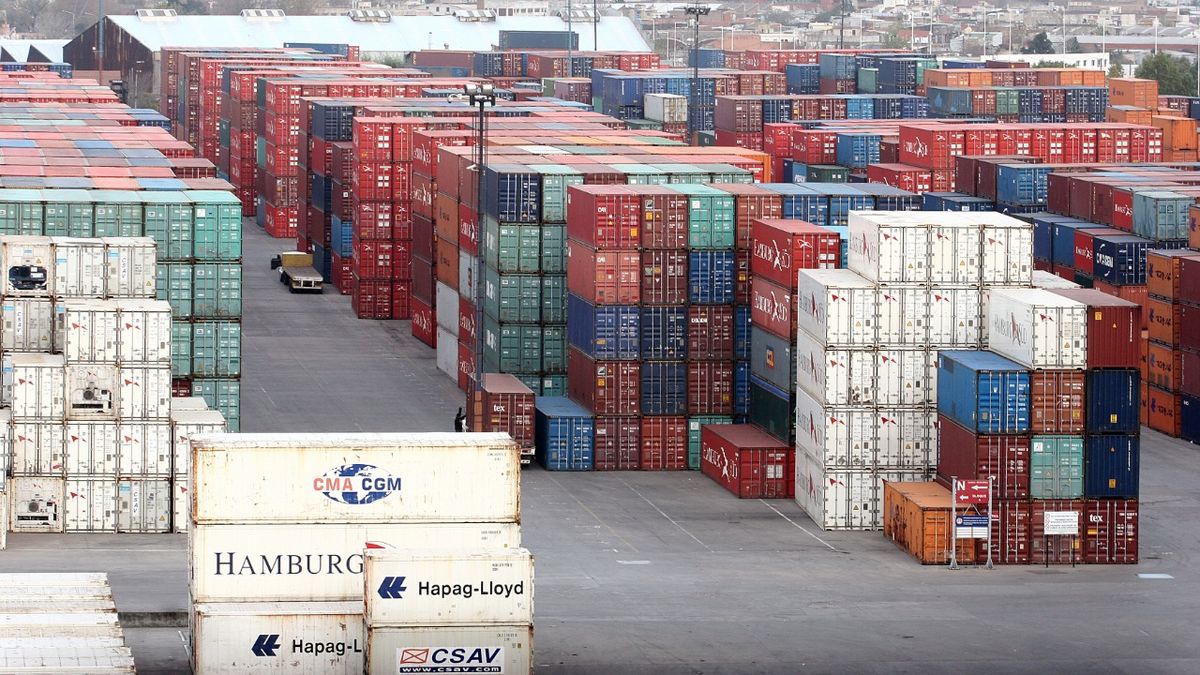The difficulties for financing depend on the type of company. “For large companies, financing can be intra-firm, for example in the automotive sector, cars are sent from the terminals and paid in time, which could be the least complicated scenario,” Marcelo Elizondo, director of the Argentine Chamber of Commerce (CAC). It can also vary depending on the good: “A machine could get a better rate because it can be turned on, but not an input,” he explained.
Another mechanism is to go in search of a third party, which can be a bank: “The same exporter from another country can get it, the problem is access. Argentina has a high country risk, so it is an unreliable debtor, and this is transferred to the companies”, explained Elizondo. According to banking sources, credit lines for Argentine companies that are financed abroad range from 4 to 7% per year in dollars, but SMEs start at 8% per year in dollars. In addition to the high rates, from a metallurgical company they warned that a company has to allocate part of the credit quota in this mechanism, instead of other productive financing.
The biggest warning that analysts make is in the situation of SMEs. “The rule benefits some SMEs, which in 2021 imported less than US$1 million, it gives them the possibility that the quota will be larger than until now, 15% higher than 2021, so at that point it is positive ”, affirmed Jose Luis Lopetegui, Secretary of Foreign Trade of the Confederation of Medium-sized Enterprises (CAME). However, he explained that it restricts the management of dollars for the import of capital goods, while SMEs that exceed the quota will be limited. “An SME does not have a parent company to finance itself or guarantees to present. The interest they charge is usurious. They also don’t have the gymnastics of going after business debt, they should focus on being more productive than that,” he opined.
Regardless of how the financing is, companies reject the idea of borrowing in dollars: “They don’t want to obtain financing because there is a high risk of devaluation, and here the companies operate in pesos. Taking a debt in dollars and committing to pay it back in 180 days, when you don’t know how much the dollar is going to be worth, is a problem,” Elizondo added. On the other hand, it should be clarified that although the term of the financing is 180 days, foreign trade sources clarified: “It is 180 days since the merchandise arrives in the country and is nationalized. But when you make a purchase abroad, you have a manufacturing time, and then the shipping time, which can be up to 120 days. So you are asking your supplier to finance you within a year”.
The greater difficulties in importing will have an impact on prices, specialists warn. “If the imported quantities decrease, prices increase, and, together with the new financing costs, everything will be charged to the final product,” said Federico Vaccarezza, a university professor who is an expert in foreign trade. Along the same lines, if a company uses its own dollars that it acquires in the financial market, from the MEP or CCL, a dollar above $230 is validated, almost double the official one. In addition, foreign trade sources warned that the eye should be on the big ones: “Half of imports, US$30 billion, are accounted for by 200 companies,” a private sector source revealed.
Source: Ambito
David William is a talented author who has made a name for himself in the world of writing. He is a professional author who writes on a wide range of topics, from general interest to opinion news. David is currently working as a writer at 24 hours worlds where he brings his unique perspective and in-depth research to his articles, making them both informative and engaging.




